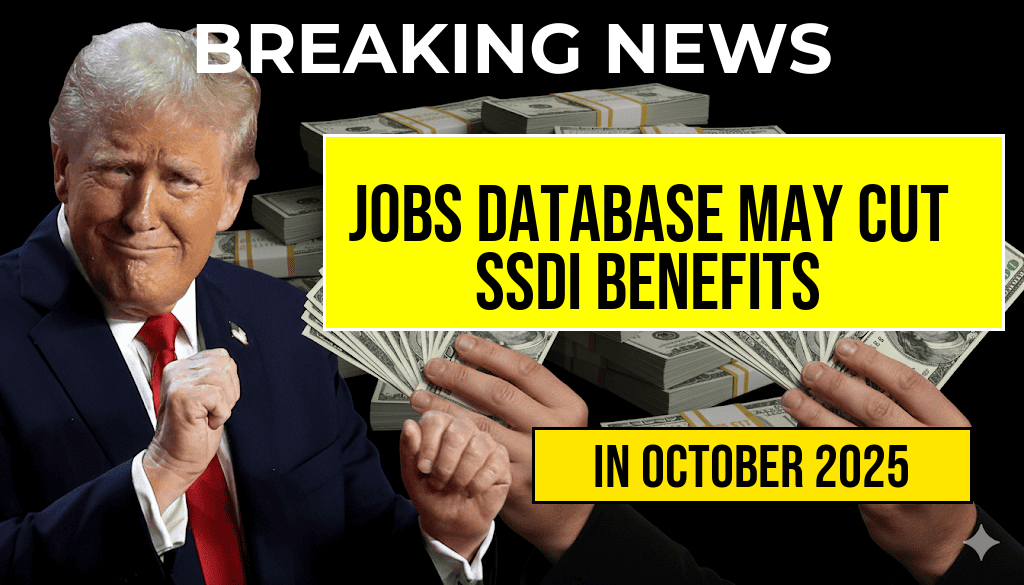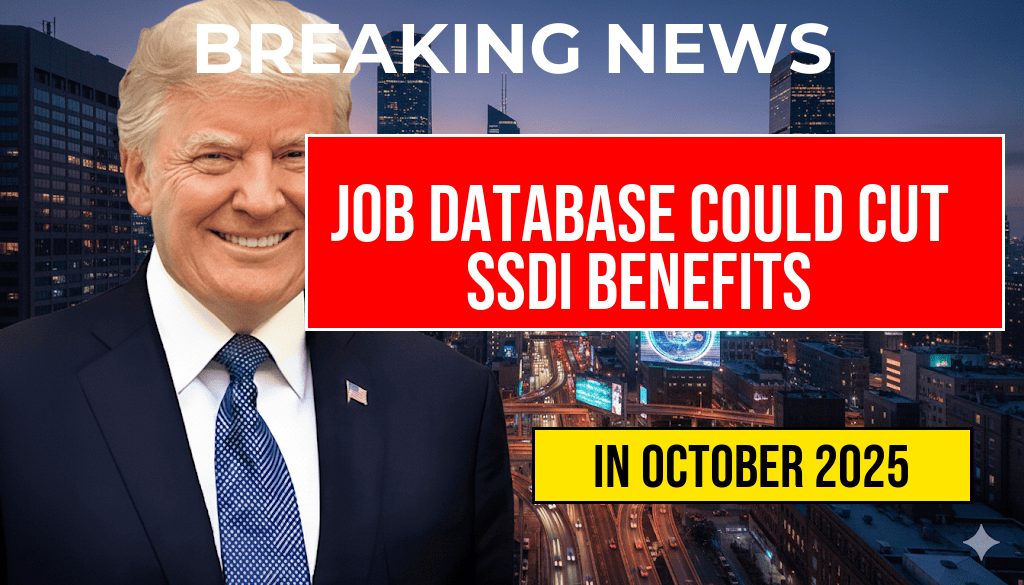The Social Security Administration (SSA) is implementing an updated jobs database that may significantly impact individuals applying for Social Security Disability Insurance (SSDI) benefits. This change could lead to a situation where many SSDI claimants find themselves receiving $0 in benefits due to the way the new system evaluates their ability to work. The updated database is designed to streamline the evaluation process by providing a more comprehensive view of job availability and requirements, but critics argue that it could inadvertently disadvantage those who genuinely need assistance. As the SSA prepares to roll out this new tool, many advocates for the disabled are raising alarms about its potential implications on the financial stability of vulnerable populations.
Understanding the SSDI Program
SSDI provides financial support to individuals who are unable to work due to a qualifying disability. To qualify for benefits, applicants must demonstrate that they cannot engage in any substantial gainful activity (SGA) due to their medical condition. The SSA assesses claims based on medical evidence, work history, and the potential for rehabilitation.
The Role of the Updated Jobs Database
This updated jobs database aims to reflect current labor market conditions more accurately. By analyzing job availability and the physical and mental demands of various positions, the SSA hopes to better assess a claimant’s capacity to work. However, the implications of this database are complex and could lead to unintended consequences for many applicants.
How the Database Could Impact Benefits
- Stringent Job Availability Assessments: The updated database may categorize more jobs as suitable for SSDI claimants, which could result in the denial of benefits for those who, despite their disabilities, might not be able to perform these jobs effectively.
- Potential for Misinterpretation: The SSA’s reliance on the database could lead to misinterpretations of a claimant’s abilities, as it may not account for individual circumstances and the nuances of each disability.
- Increased Denial Rates: Advocates fear that the new database could contribute to a rise in SSDI denials, pushing more individuals into financial hardship.
Case Studies and Concerns
Several case studies have highlighted the potential ramifications of the updated database. For instance, individuals with chronic pain conditions may be deemed capable of performing jobs that require prolonged standing or physical activity, despite their limitations. The reliance on statistical data rather than personal assessments raises concerns about fairness and accuracy in the evaluation process.
Advocates Voice Their Concerns
Disability rights advocates argue that the updated database could create a one-size-fits-all approach to disability assessments, ignoring the complexities of individual cases. Many worry that the SSA is prioritizing efficiency over compassion, potentially jeopardizing the livelihoods of those who rely on SSDI for survival.
Official Responses and Future Implications
The SSA has stated that the updated database is intended to provide a more accurate reflection of the job market, but it also recognizes the need for ongoing assessment of its impacts. As the rollout date approaches, officials are encouraging feedback from stakeholders to ensure that the system remains fair and effective.
Conclusion and Recommendations
As the SSA prepares to implement the updated jobs database, it is crucial for SSDI applicants and advocates to remain informed and engaged. Individuals currently navigating the SSDI application process should consider consulting with legal experts to better understand their rights and options under the new system. Resources such as the National Organization of Social Security Claimants’ Representatives (NOSSCR) offer support and guidance for claimants facing these changes.
For those interested in the ongoing developments in SSDI policy, the Social Security Administration provides updates and resources that can assist applicants in understanding their benefits and rights.
| Evaluation Aspect | Traditional Process | Updated Database Approach |
|---|---|---|
| Job Availability Assessment | Individual assessment based on claimant’s abilities | Database-driven analysis of job market |
| Consideration of Personal Circumstances | In-depth review of medical history and work experience | Standardized evaluation that may overlook individual nuances |
| Potential for Benefit Denial | Case-by-case basis with emphasis on medical evidence | Increased likelihood of denials based on broader job market data |
Frequently Asked Questions
What is the updated jobs database mentioned in the article?
The updated jobs database is a comprehensive tool that lists various job opportunities and their requirements, which may be used to evaluate the employability of SSDI claimants (Social Security Disability Insurance).
How could the jobs database affect SSDI benefits?
The new database could potentially lead to $0 benefits for some SSDI claimants if it determines that they are capable of performing available jobs, despite their disabilities.
Why is the updated database concerning for SSDI claimants?
The concern arises because the database may not accurately reflect the real-world challenges faced by individuals with disabilities, leading to unfair denials of benefits.
What factors are considered in determining SSDI benefits?
Factors include the severity of the disability, the ability to perform substantial gainful activity, and the availability of jobs listed in the updated database.
What can SSDI claimants do if they are affected by the changes?
SSDI claimants can seek assistance from legal professionals or advocacy groups to navigate the complexities of the new system and potentially appeal any unfavorable decisions regarding their benefits.








